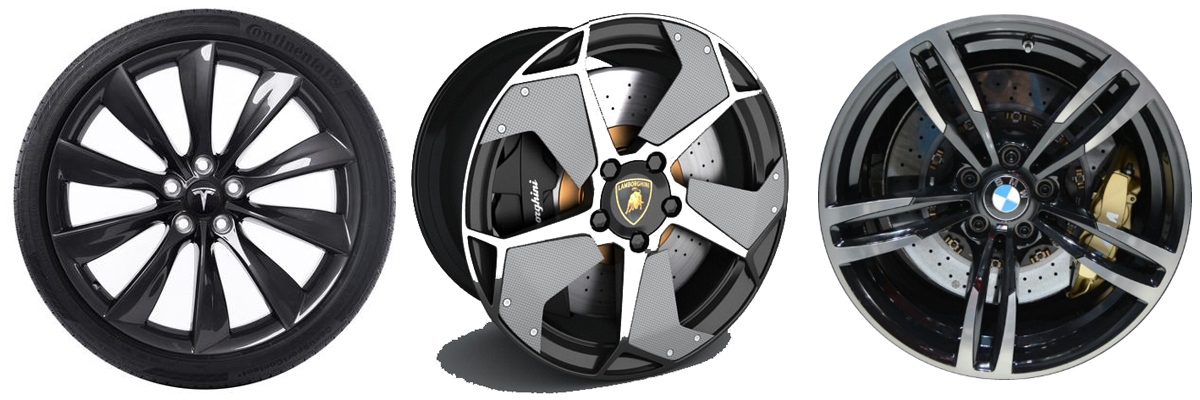There are two types of people in this world: those who notice car rims, and those who don't. I used to be the latter, until I started noticing them... then I just couldn't stop.
It all started with my first car ever, a Seat Ibiza 2004. Finally, no more riding along in other people's cars. I finally had my own. While extremely grateful, I couldn't stop but noticing that every other Seat Ibiza looked practically the same as mine.
See, when you buy a normal car, it's produced with economies of scale in mind. This meant that my Ibiza shared parts with many other VWs, Skodas and even some Audis. That didn'tsound original at all.
So I looked at the immediate, most obvious part of the car (other than the body kit) I could modify for an affordable price (or so I thought): the rims.

I looked for independent rim manufacturers that could help my car stand out from the crowd. What I found out in my price range completely disappointed me. Uninspired designscreated by uninspired brands. If I could've just designed my own... I eventually gave up and kept my stock rims, hopeless.
What my younger self would've wanted to find was a brand that would've let me play around with size, number of arms, colors, etc. It certainly would've given me that feeling of authenticity and originality that I was craving for after owning such a common car.
Fast-forward over a decade and that passion for great rims hasn't dialed down a bit. Every car that passes by gets immediately judged by the rims it's rocking: Cool car but ugly, beaten up rims or even hubcaps? You're out.

The Grasshopper Model
Few months ago I again came across the idea of generating a rim configurator that could allow anyone to play around with a "master design" until they were comfortable with a final custom version of it and eventually manufacture it.
The challenges with this project were clear: I needed a simple-to-understand, efficient rim generator that anyone could use. A concept that could make real companies consider integrating a parametric definition into their sales process.
So I contacted Paco Ortiz, Parametric Design expert and owner of Grasshopper + Rhino Generative & 3D Parametric Design on Facebook, and told him about my idea. The result was this configurator embedded below. An amazing example of great, simple design and functionality. (Pro tip: You can download a 3D-print ready .stl file!)

/f/92524/1423x870/b272fc4ab4/12.png)